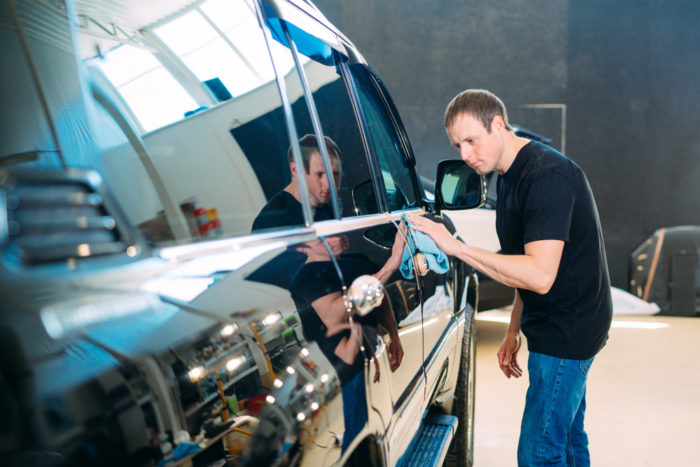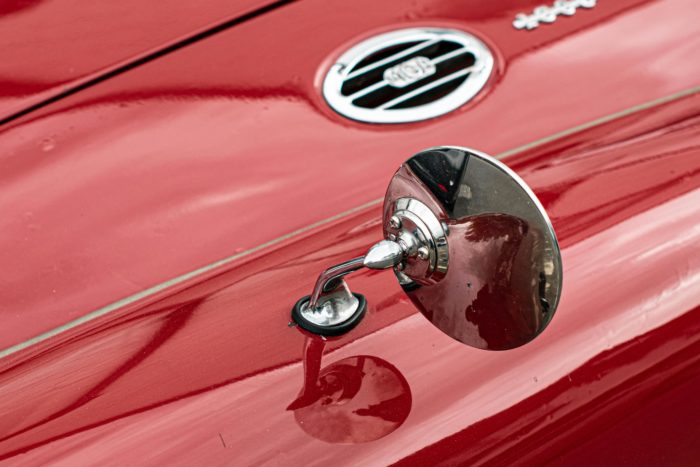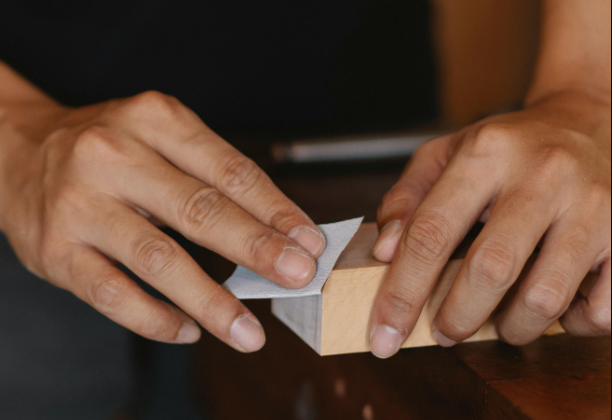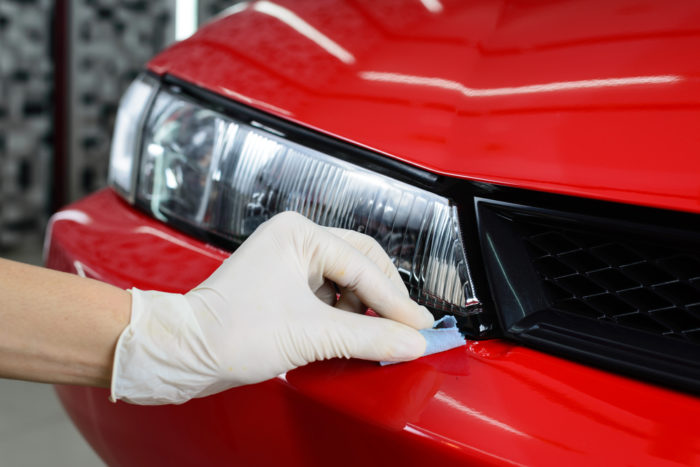What Do I Need To Paint My Car Myself?
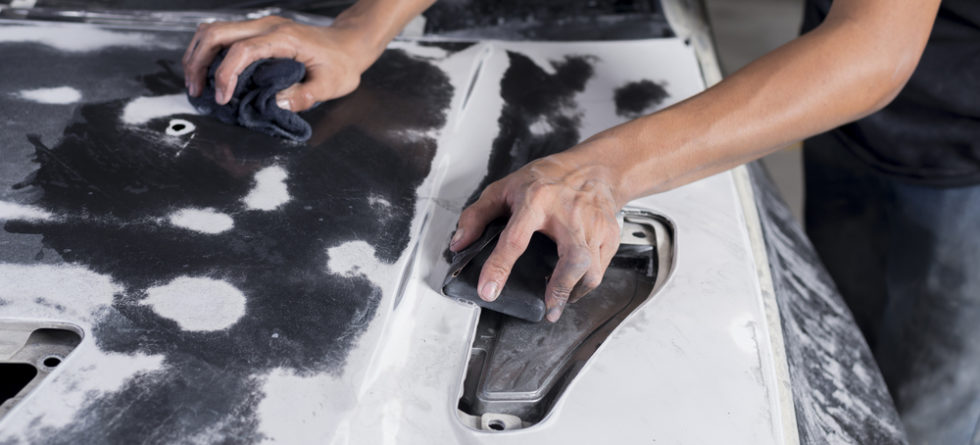
Painting a car yourself is a substantial but rewarding DIY project. To achieve the best results, you’ll need the right materials, tools, and a good working environment.
Here’s a comprehensive list of what you’ll need to paint your car by yourself…
1. Preparation Supplies
- Automotive Sandpaper – Various grits, from coarse (for initial sanding) to fine (for finishing touches).
- Degreaser and Wax Remover – To clean the surface of the car before sanding and painting.
- Masking Tape and Paper – To protect areas not being painted, like windows, trim, and lights.
- Rust Converter/Remover – If there’s any rust on the car’s body.
- Body Filler – To fill in dents or holes.
- Primer – Ensure good adhesion of the paint to the body.
- Tack Cloth – To pick up dust and debris after sanding, before painting.
2. Painting Supplies
- Automotive Paint – The color of your choice. You might also consider whether you want a single-stage paint (where the color and gloss are achieved in one product) or a base coat/clear coat system.
- Clear Coat – To protect the paint and add gloss (if using a base coat/clear coat system).
- Paint Thinner or Reducer – For thinning the paint, if necessary (check the paint manufacturer’s recommendations).
- Mixing Cups and Stirrers – For mixing paint and thinner.
- Paint Strainer – To remove any impurities from the paint before application.
3. Equipment
- Spray Gun – For applying primer, paint, and clear coat. Ensure it’s suitable for automotive paints.
- Air Compressor – Needed to operate the spray gun. Make sure it can meet the spray gun’s requirements for pressure and volume.
- Respirator – A high-quality respirator is for protecting yourself from paint fumes.
- Safety Glasses and Gloves – To protect your eyes and skin.
- Paint Booth or Covered Area – While a professional paint booth is ideal, at a minimum, you’ll need a well-ventilated, clean, and dust-free area to work in. Using a garage, make sure it’s well-ventilated to the outside to avoid breathing in harmful fumes.
- Ventilation Fans and Lighting – Good lighting is essential for a quality paint job, and proper ventilation is for safety.
4. Preparation
- Before starting, thoroughly clean and prep the car. This involves washing it to remove any dirt and grease, sanding the old paint to create a smooth surface for the new paint to adhere to, repairing any dents or rust, and applying primer.
5. Painting Process
- Apply multiple thin coats of paint, allowing adequate drying time between each coat, followed by the clear coat if using a base coat/clear coat system. Sanding between coats might be necessary, depending on the finish you’re aiming for.
Tips for Success
- Practice – If you’re new to using a spray gun, practice on some scrap material first to get a feel for the equipment and the paint.
- Patience – A good paint job can’t be rushed. Allow plenty of time for each step, especially drying and curing times.
- Safety – Always use appropriate safety gear to protect yourself from harmful chemicals and fumes.
Painting a car yourself is a significant undertaking that requires patience, preparation, and attention to detail. With the right equipment and approach, it can be a highly rewarding project.

